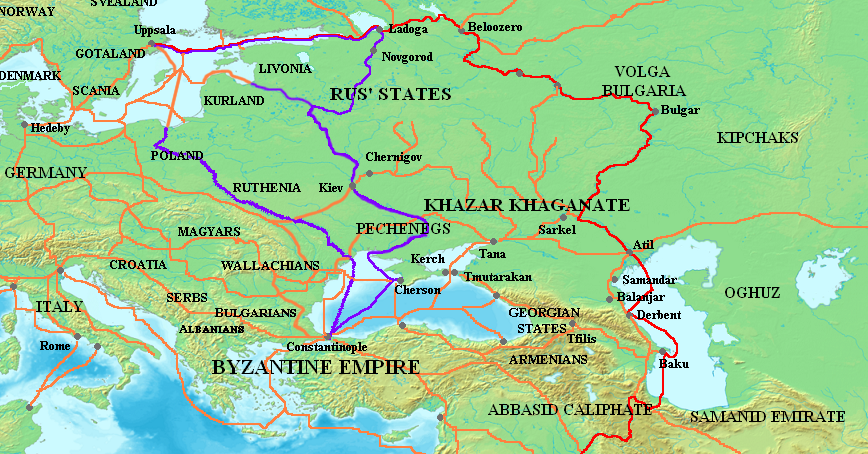
CML's Christian Høgel receives research grant from Riksbankens Jubileumsfond
Christian Høgel (CML), Ingela Nilsson (Uppsala) and Stratis Papaioannou (Rethymno, Crete) have received a research grant from Riksbankens Jubileumsfond
Ingela Nilsson (Uppsala University), Stratis Papaioannou (University of Crete, Rethymno) and CML's Christian Høgel have been awarded a research grant (SEK 39,000,000.00) from Riksbankens Jubileumsfond: The Swedish Foundation for Humanities and Social Sciences for the project "Retracing Connections: Byzantine Storyworlds in Greek, Arabic, Georgian, and Old Slavonic (c. 950 – c. 1100)". The project will run for eight years (2020-2027).
Project description
During the long eleventh century (c. 950–c. 1100 CE), a host of core narratives that form the substructure of what we know today as Christian Orthodox culture were established in the ‘Byzantine’ world. Some were old stories that were systematically codified or rewritten, others were newly created or imported from other traditions. They concerned saints and commoners, heroes and devils, intellectuals and lunatics, in recognizably social settings or in various landscapes of fantasy. These storyworlds cut across secular and religious lines, involved verbal and pictorial arts, encompassed a variety of communities, from aristocratic settings to the common church-goer and school pupil. Most significantly, these storyworlds occasioned intense translation activity, fromand into the languages of Byzantine or Byzantinizing Christians: Greek, Arabic, Georgian, and Old Slavonic. The aim of the present project is to revive, preserve, and make available this influential, but largely neglected cultural production. We wish to study it as an entangled unity from the perspectives of a) storytelling and modern narratology; b) translation and rewriting among different languages; c) medieval book, writing, and performance cultures. By focusing on these four main entangled traditions we hope to illuminate the rich but complex modes by which Byzantine storyworlds appeared and came to be influential for centuries.